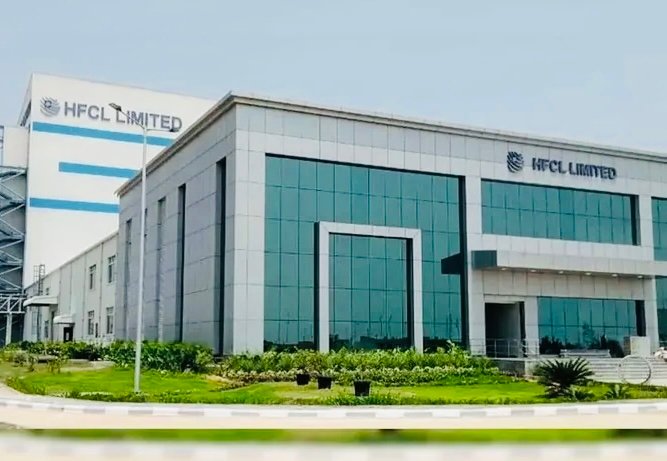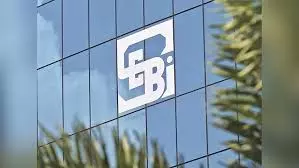Reserve Bank of India (RBI) Governor Sanjay Malhotra has raised concerns about dwindling liquidity in India’s call money market, warning that it could pose challenges for monetary policy transmission.
Malhotra highlighted asymmetries between different money market rates, including the call money rate, market repo rate, and TREPS (tri-party repo dealing system) rate. He urged banks and financial institutions to ensure that the RBI’s liquidity measures are promptly and seamlessly transmitted to the broader market.
The call money rate is an overnight interest rate at which banks and financial institutions lend and borrow from each other. When the RBI injects liquidity or cuts interest rates, it typically pushes down the call money rate, helping transmit the central bank’s policy moves across the financial system.
Despite recent liquidity infusions, India’s surplus liquidity has averaged ₹1.7 trillion ($20 billion) per day this month, reversing a four-month deficit. Malhotra also emphasized the need to deepen India’s government securities market, improve liquidity and pricing, and encourage greater participation from various stakeholders.
Additionally, he called for proactive risk management in the derivatives market, stressing the importance of market depth, diversity of views, and competition to enhance efficiency.



